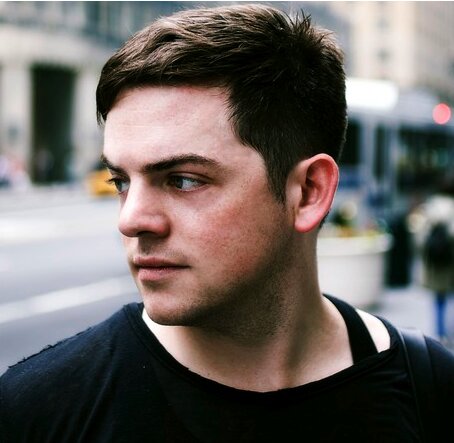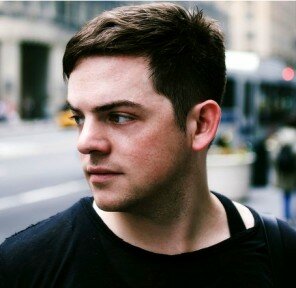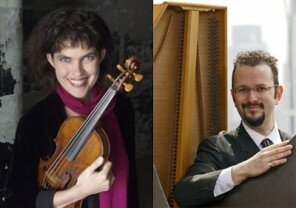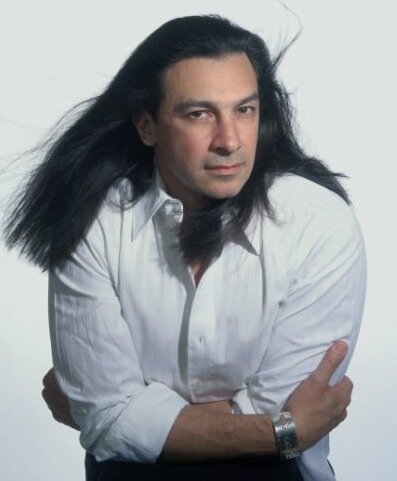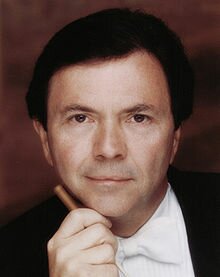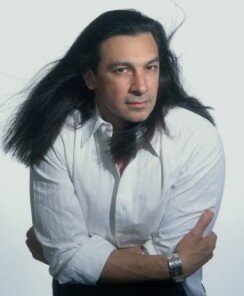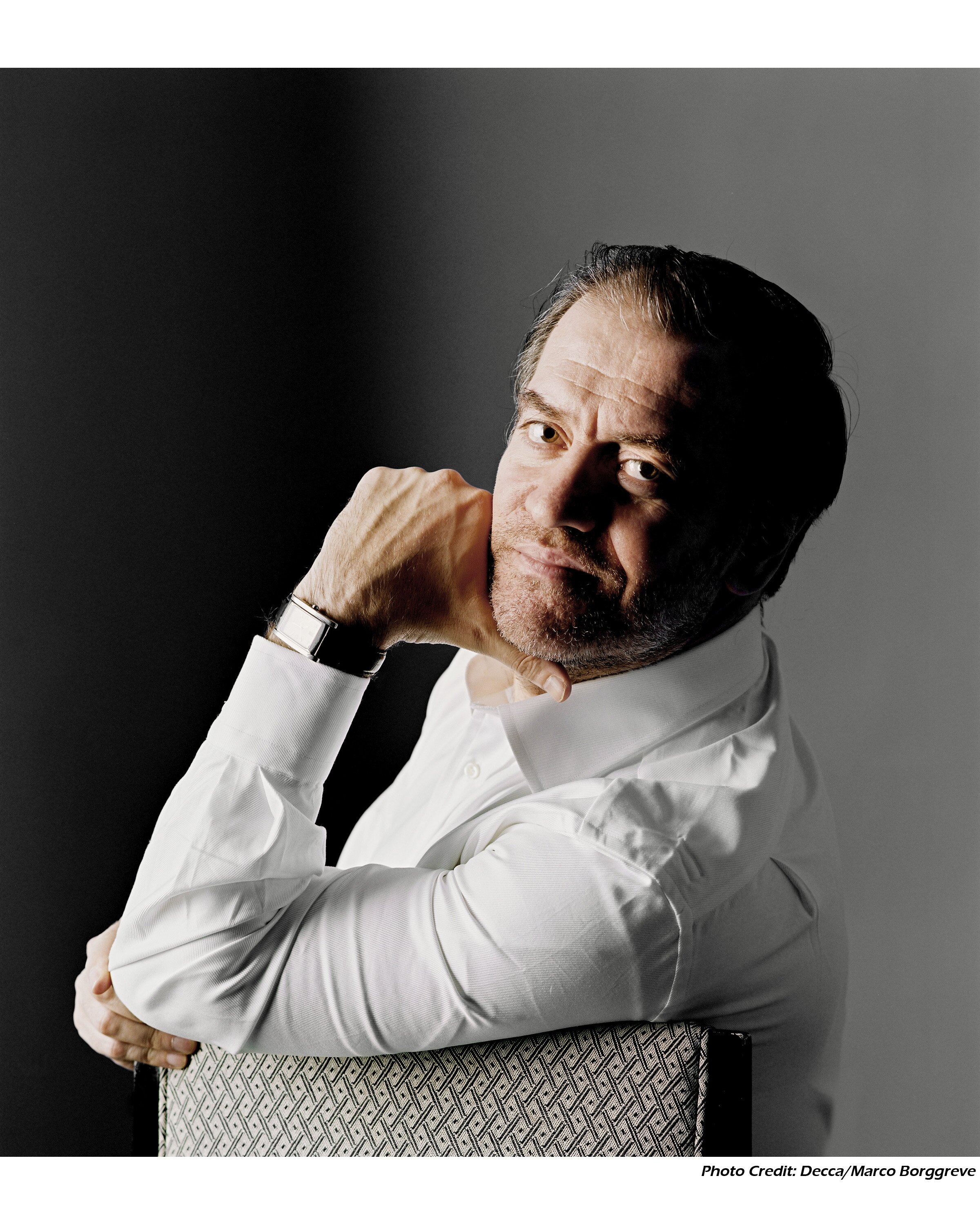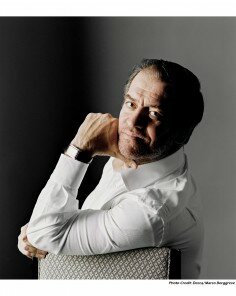Looking for a concert to enjoy with your Valentine? An evening of live classical music makes for a classy date night. Sick of the cold and rainy nights? Stellar live music is a fantastic cure for the winter blues. Here’s what we’ve got on the calendar this month.
Feb. 2 – 5 — Experience some of the best chamber music concerts you’ll ever hear at Seattle Chamber Music Society’s Winter Festival, held this year at Benaroya Hall’s Nordstrom Recital Hall.
Feb. 6 — Classical Revolution is a global network of musicians dedicated to playing chamber music in casual, non-traditional settings. The Seattle Chapter will be performing and reading through works by Mendelssohn at Faire Gallery & Café on Capitol Hill.
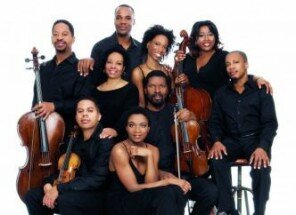
Feb. 8 — Extraordinary 16-year-old pianist Jan Lisiecki makes his Seattle debut at the UW President’s Piano Series. It’s always exciting to hear an emerging talent.
Feb. 8 – 11 — Musicians from around the world will gather in Wallingford for the Seattle Improvised Music Festival, held in the Chapel Performance Space at the Good Shepherd Center.
Feb. 9 – 12 — Seattle Symphony plays Mussorgsky’s beloved Pictures at an Exhibition, along with works by Stravinsky, Jolivet, and Haydn.
Feb. 11 — Early Music Guild presents a semi-staged performance of Dido and Aeneas, Purcell’s delightful opera.
Feb. 15 — The remarkable Ritz Chamber Players return to the UW Chamber Music Series with a world premiere and works by Crusell, Dvorak, and Beethoven.
Feb. 18 – 19 — It’s always worth making the trip to catch a concert by the Auburn Symphony. This time it’s all about romance. Catch pieces by Berlioz and Chausson, as well as a performance of Liszt’s Piano Concerto No. 2 by local favorite Craig Sheppard.
Feb. 23 – 24 — Legendary violinist Itzhak Perlman joins the Seattle Symphony for works by Vivaldi, Mozart, and Beethoven.
Feb. 24 — Experience music from the other side of the Pacific with “Celebrate Asia” at Benaroya Hall. Jie Ma is a featured soloist on the pipa, and exquisite instrument from China.
Feb. 25 – Mar. 10 — Don’t miss Seattle Opera’s production of Orphée et Eurydice, a Gluck masterpiece not seen here in Seattle for 24 years.
Feb. 26 — Seattle Youth Symphony Orchestra performs at Benaroya Hall. This talented group of young musicians is as good as many a professional orchestra…and a lot less expensive to catch in action.

